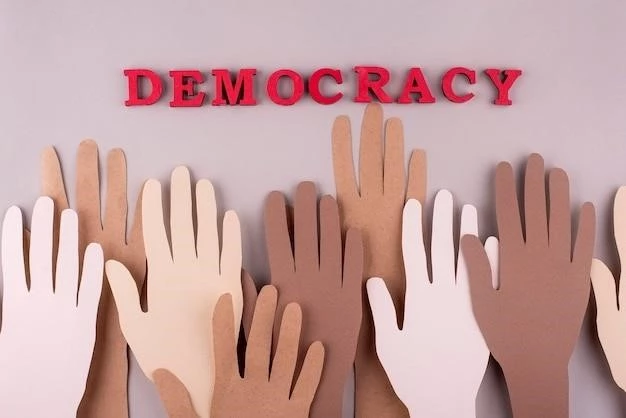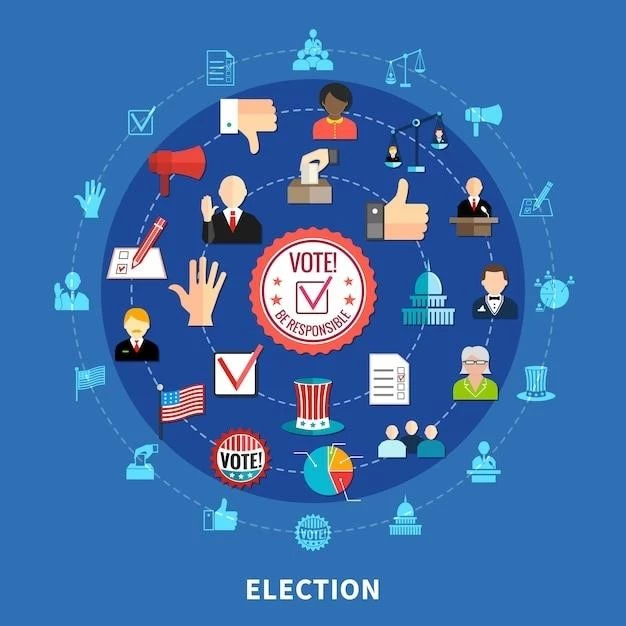Types of Democracy: Exploring Different Models and Systems
Democracy, derived from the Greek words “demos” (people) and “kratos” (rule), signifies a system of government where supreme power is vested in the people and exercised directly by them or through a system of representation usually involving periodically held free elections. While the concept of democracy is generally understood, its implementation takes various forms, each with its unique characteristics and challenges. This article delves into the different types of democracy, exploring their models and systems to provide a comprehensive understanding of this fundamental political concept.
Direct Democracy
Direct democracy, as the name suggests, involves the people directly participating in decision-making processes. This form of democracy is characterized by citizens taking part in voting on specific issues, laws, or policies. It can be achieved through various mechanisms, including:
- Referendums and Initiatives: Citizens can propose and vote on legislation, bypassing the traditional legislative process.
- Plebiscites: These are non-binding votes on specific issues, allowing citizens to express their views without directly affecting policy.
- Town Hall Meetings: These gatherings provide a platform for direct citizen engagement and discussion on local issues.
Direct democracy promotes citizen engagement and ownership over political decisions. However, it faces challenges such as the potential for tyranny of the majority, where the will of the majority can override the rights of minorities. Additionally, the complexities of modern issues may make direct participation impractical, particularly in large and diverse societies.

Representative Democracy
Representative democracy is the most prevalent form of democracy in the world. It involves citizens electing representatives to make decisions on their behalf. This system relies on the principle of “one person, one vote,” where each citizen has an equal say in choosing their representatives. Key features of representative democracy include:
- Elected Representatives: Citizens choose representatives through regular elections to govern and make policy decisions.
- Political Parties: Parties serve as platforms for candidates and provide a framework for political organization and voter choice.
- Separation of Powers: Different branches of government, such as the legislative, executive, and judicial branches, have distinct roles and responsibilities to ensure checks and balances.
Representative democracy offers a practical way to govern large populations and allows for specialized expertise in policymaking. However, concerns arise regarding the potential for corruption, the influence of special interests, and the possibility of representatives not adequately representing the interests of their constituents.
Types of Representative Democracy
Within representative democracy, there are various sub-types, each with its unique characteristics:
Parliamentary Democracy
In a parliamentary democracy, the executive branch (the government) is accountable to the legislative branch (the parliament). The head of government, typically a prime minister or chancellor, is chosen from among the members of the parliament and is responsible for forming a government. This system features:
- Fusion of Powers: The executive and legislative branches are closely intertwined, with the government arising from the parliament.
- No Fixed Term: The government can be removed from power through a vote of no confidence in the parliament.
- Collective Responsibility: The government is collectively responsible for its actions, and the prime minister can be removed by the parliament if they lose the confidence of the majority.
Presidential Democracy
In a presidential democracy, the president is the head of state and head of government, elected independently of the legislature. The president has a fixed term and cannot be removed from office except through impeachment. This system features:
- Separation of Powers: The executive and legislative branches are distinct and independent of each other.
- Fixed Term: The president serves a fixed term, typically four or five years, and cannot be removed by the legislature through a vote of no confidence.
- Checks and Balances: The executive and legislative branches can check and balance each other’s power.
Semi-Presidential Democracy
A semi-presidential system combines elements of both parliamentary and presidential systems. It features both a president and a prime minister, each with distinct roles and responsibilities. The president is directly elected and holds significant power, while the prime minister is responsible for forming and leading the government. Key characteristics include:
- Dual Executive: Both a president and a prime minister share executive power.
- Elected President: The president is directly elected by the people.
- Prime Minister Responsible to Parliament: The prime minister and the government are accountable to the parliament.

Challenges to Democracy
Despite its long history and widespread adoption, democracy faces various challenges in the modern world. These include:
- Erosion of Trust in Institutions: A decline in trust in government, political parties, and the media can undermine democratic processes.
- Rise of Populism and Authoritarianism: The rise of populist leaders and authoritarian tendencies can threaten democratic norms and values.
- Disinformation and Fake News: The spread of false and misleading information can manipulate public opinion and erode democratic discourse.
- Economic Inequality: Extreme economic disparities can create social unrest and undermine the principle of equality;
- Cybersecurity Threats: Cyberattacks can disrupt elections, compromise data, and undermine democratic processes.
Conclusion
Democracy, in its various forms, continues to be a cornerstone of political systems around the world. Understanding the different types of democracy and their respective models and systems is crucial for appreciating the complexities and challenges of this fundamental political concept. As societies evolve and face new challenges, it is essential to adapt and strengthen democratic institutions to ensure their sustainability and effectiveness in the 21st century.










